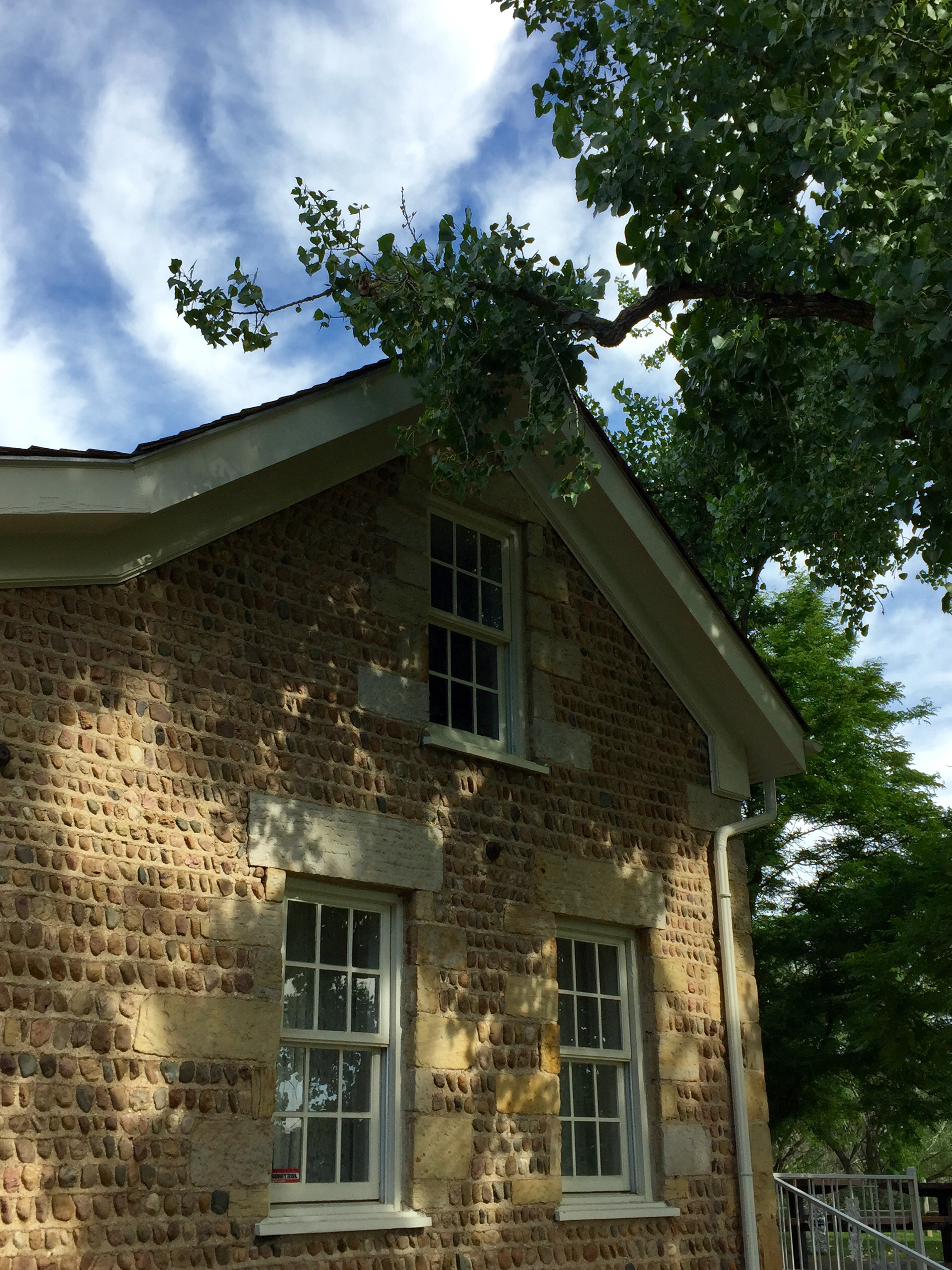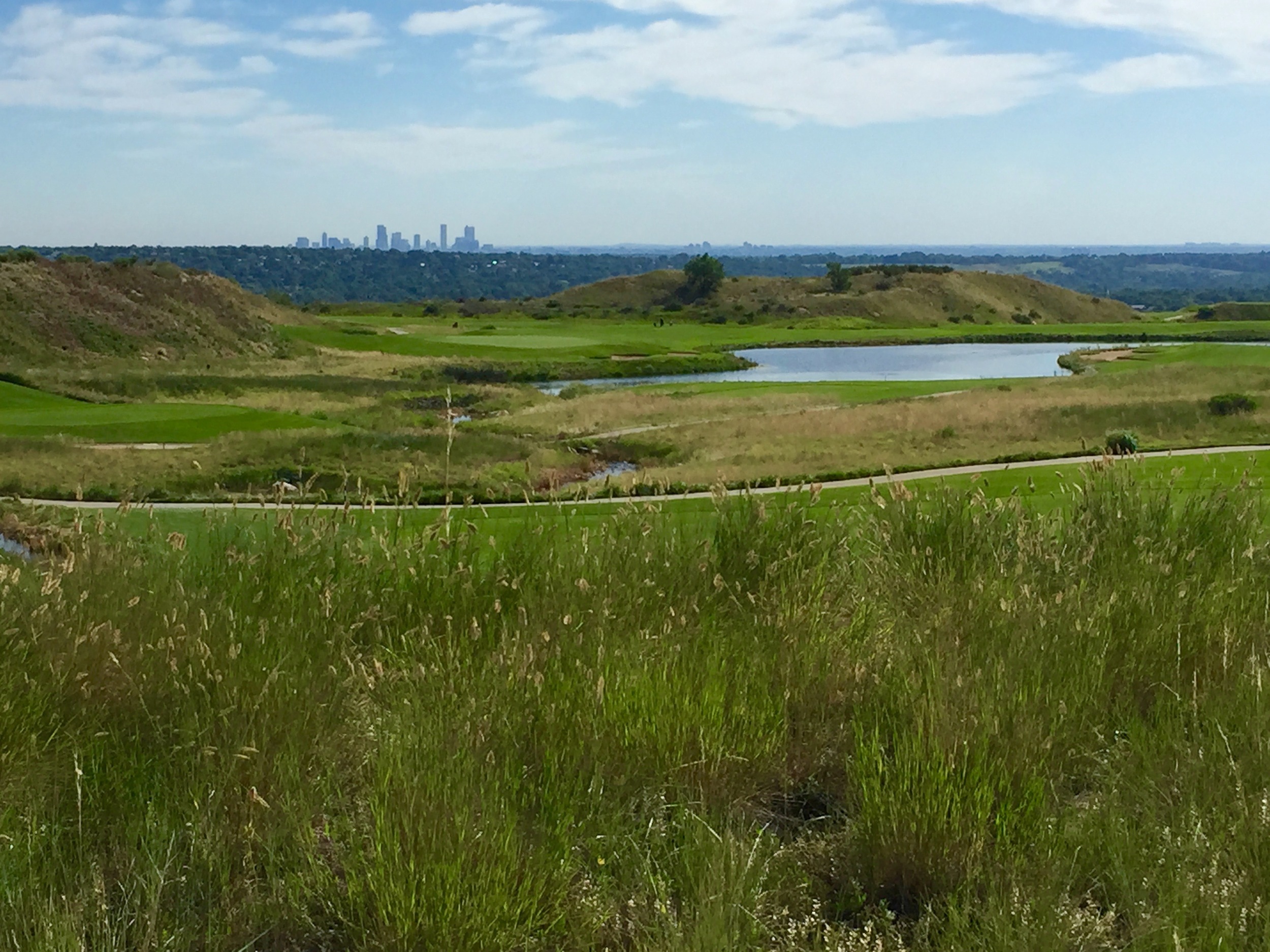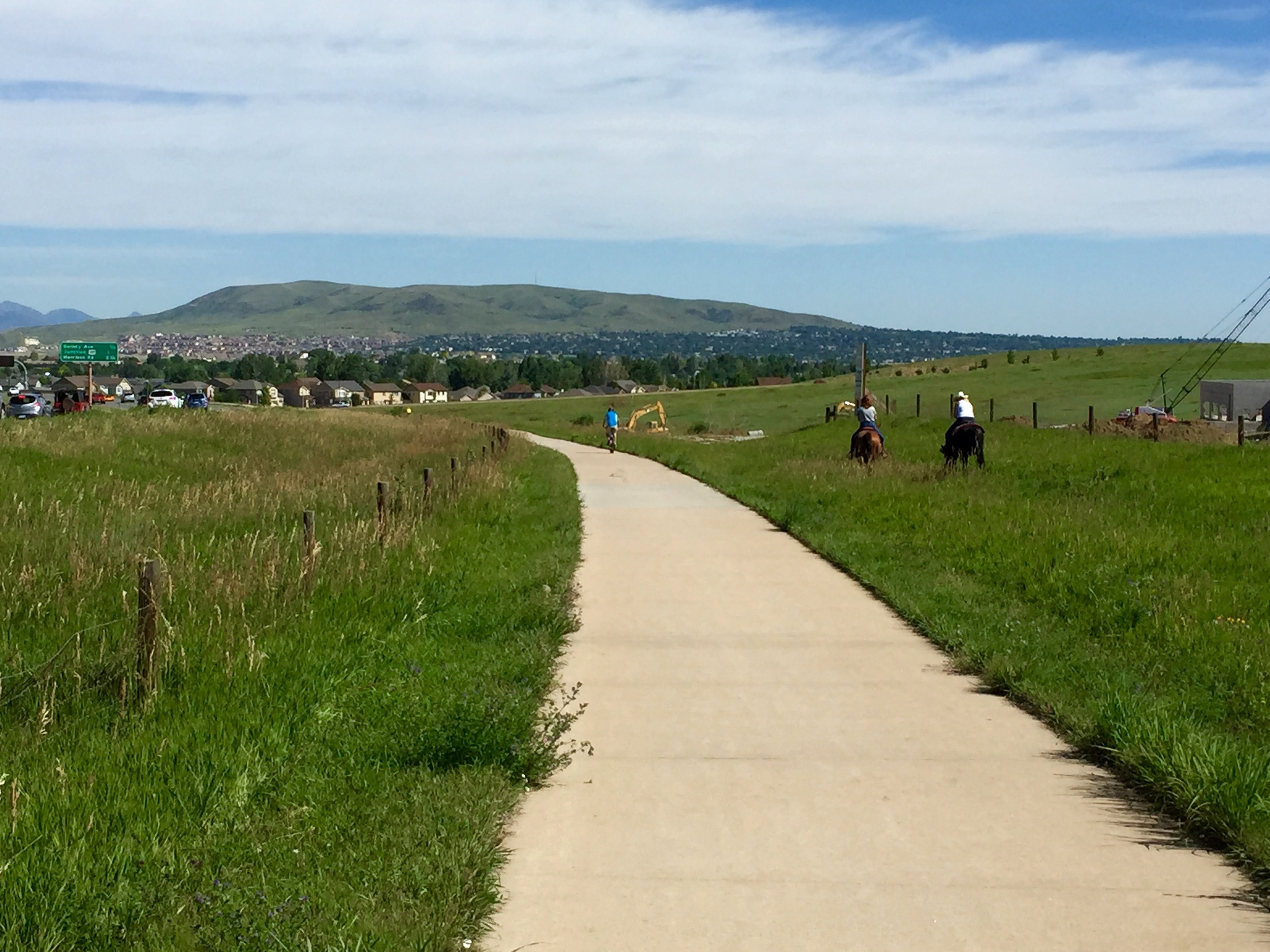Snowshoeing Solitude
/Snowshoe to First Creek Cabin
Wembley and I had been here before. About fourteen hours ago to be exact. Wembley is an Australian shepherd and a frequent companion on my adventures, especially if his Mom, my girlfriend Maura, is otherwise indisposed. Yesterday, Wembley and I had gotten too late a start on this same adventure, the lateness only realized after struggling to break trail through the thigh-deep conditions we had found on the route in this modest though beautiful drainage north of Berthoud Pass. Today, knowing better what lay ahead, we returned more determined (and earlier in the morning) to reach our destination: the First Creek Ski Cabin.
We drove by full parking lots bristling with backcountry skis and their skiers at Berthoud Pass, Current Creek, and Second Creek to an empty lot where First Creek bisects Highway 40. Empty. It's rare these days to find this kind of trailhead in the Front Range and I felt fortunate to be in-the-know about this site. The neighboring drainages and ridgelines have more dramatic and open terrain to offer skiers and so First Creek remains often overlooked in the winter time. I fitted polar booties to Wembley's paws and strapped snowshoes to my own feet before climbing the steep snowbank at the edge of the parking turnout to once again follow the path that we had blazed the day before.

















I knew today's trek would be strenuous. I had been here before, even before yesterday and clomped up to the hut on a prior visit. The route is steep and poorly marked. It generally follows the north bank of first creek before zigging and zagging up a prow of rock that is alternatively heavy with timber or large boulderfields. The first quarter mile passed quickly given that we had yesterday’s track to follow and Wembley happily bounded ahead of me, occasionally stopping to flop into the deep snow and shower his face and back with refreshing mountain snow. He has always been a snow dog and his mom shares stories from his puppyhood recalling his instant joy upon his first encounter with the glory of winter.
Upon reaching the end of our track we pushed into deep, uncharted snow and Wembley smartly decided it was time for me to break trail. We moved slowly and with difficulty. Despite the trail I was breaking, Wembley would often sink chest deep with each step. Still, his enthusiasm did not diminish. We turned away from the creek and climbed to an open bench, then angled back toward the highway. The faint trail I used on my last visit eluded me today. We would continue making our own trail instead. The sun rose up and warmed the air. The trees thinned. I picked along a circuitous route up the slope, winding around trees, weaving between boulders, ducking under logs, and climbing over rocks. On a few occasions, a concerned whimper would alert me that the route had stymied Wembley, his shorter legs unable to complete a high step or bridge a gap. I would stomp back a few yards to find him stranded though a lift him or nudge would allow us to resume our steady trudge upslope.
Eventually the steep terrain relented and we caught a glimpse of the wooden cabin through the pines. When I had last visited this place, smoke was puffing from the chimney and I heard the voices of some skiers enjoying breakfast inside. I had kept a respectful distance so as not to disturb their experience. This day, however, no one was home. I walked past the outhouse, and approached the log cabin directly. A closed door, covered windows and no tracks. In the dusky light that crept through the open door I could make out a dormant wood stove and a lantern hanging from a beam above a table. A few sleeping bags and blankets on a wall of sleeping platforms, some oils and spices in a pantry, and a dusty sofa filled the space. The mustiness of the place and the haphazard collection of items gave the cabin an eerie feeling. It was as though the last residents here were forced to leave instead of doing so by choice. I recall reading a June, 2016 news blurb about a man who had been charged for squatting in the cabin and charging others to stay with him. Perhaps these were his belongings, abandoned when authorities required him to leave. The First Creek Cabin used to be operated by the Colorado Mountain Club, but I exchanged correspondence with them and the club has not been involved in the cabin’s upkeep for several years. I wonder if the First Creek Cabin will fade into obscurity. The Broome Hut one drainage over and the lack of prime skiing in this drainage, direct backcountry explorers to other nearby areas. I would like to return to the hut again in a few years and see what its fate might be.
After sweeping up the snow that we had tracked in, Wembley and I retraced our path down the boulder-strewn slope, through the trees, and back to the banks of the creek. We returned to the parking area in the middle of the afternoon on a beautiful day to find one car: ours. It’s nice to know that even on busy days in the Colorado backcountry that a few places remain relatively unknown and unvisited. Let’s keep this one to ourselves.












































